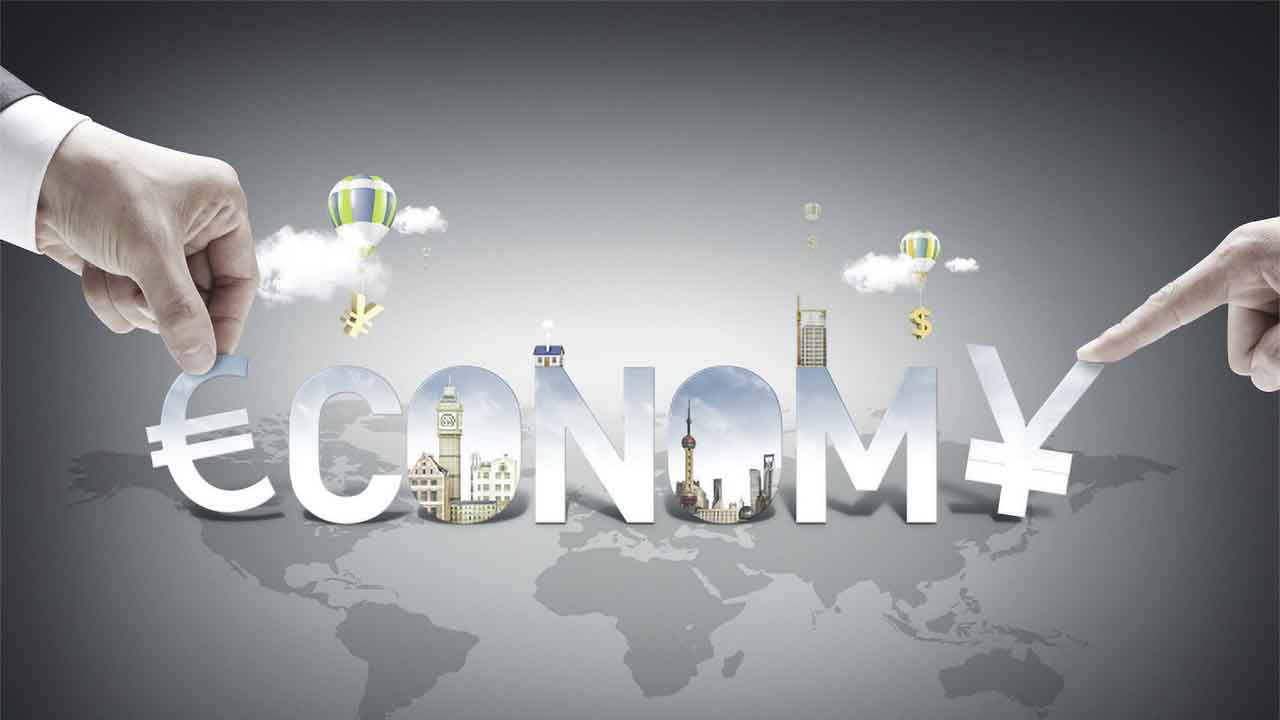The severity and persistence of inflation worldwide have surprised most central banks and organizations that offer economic forecasts. The global economy in 2021 saw demand recover swiftly and outpace supply, which was drastically hampered by supply chain disruptions.
Supply disruptions caused the global economy to grow less rapidly in the third quarter of 2021 than most organizations predicted. Major economies that were adversely affected by the supply crunch were the United States, Germany and Japan. The situation was slightly different in Vietnam.
The global economy
Many organizations still estimated economic growth in 2021 to be 5.5-5.7%, the sharpest since 1973, a year marked by growth stagnation and high inflation.
In 2022, most organizations forecast a growth rate of 4.1-4.6%. The slower growth is ascribed not only to a return to normalcy, but also to the dramatic drop in China’s performance. The Chinese Government seems to respond more slowly than expected. While it may unveil measures to boost the economy, its growth is expected to be less than 5% in 2022.
Inflation is predicted to ease in 2022. Prices have soared since March 2021 as stimulus packages by various economies, especially the U.S., have pushed up demand. In 2022, demand for services will rise, ballooning investment will expand supply and stimulus packages will shrink.
Central banks will be faced with the risk of inflation spreading. The public in many countries has felt the burden of higher prices, especially in the face of the energy price shock. Inflation expectation is therefore on the rise.
The U.S. will recover significantly, with GDP surpassing pre-pandemic levels and the gap between actual and potential growth turning positive in 2022. The same can be said of many economies in the West. The Federal Reserve (Fed) is expected to raise interest rate for the first time in the third quarter of 2022 after the Bank of England may do so even earlier, possibly in the first quarter of 2022.
The new Covid variant may impede supply chains and push up prices, posing a challenge to central banks if they do not quickly normalize their policies (tightening monetary policies).
Central banks’ responses will be highly differentiated. While the European Central Bank is expected to continue postponing an interest rate hike until 2023, China may slash interest rates in 2022.
The U.S. dollar is predicted to become stronger in 2022 by virtue of the economic recovery taking place in the U.S. and Fed’s interest rate hike. Together with China’s slower growth, this will be a challenge for emerging economies as they also tighten their monetary policies.

Differences in Vietnam
Vietnam differs in some aspects. To begin with, after much debate, the State Bank of Vietnam (SBV) and the Ministry of Finance have not eased monetary policies or launched significant stimulus packages. As the pandemic swept through many localities and triggered deaths and lockdowns, demand could not rise as swiftly as that in many countries. Consequently, contrary to many people’s concerns, inflation did not surge in Vietnam.
In 2021, Vietnam was expected to grow by about 3% or far less rapidly than many predicted. In 2022, as the economy returns to normalcy, GDP growth may be higher than in 2021 (although it may not surpass the global average) and increase inflationary pressure since (complete) economic reopening will gradually increase aggregate demand and stoke growth while local supply chains will be affected by disruptions in global supply chains.
A stronger U.S. dollar and inflationary pressure will force the SBV to tighten monetary supply. However, the contraction may not be significant as the central bank will want to avoid an economic collapse in a period of fragile recovery. The dong interest rate may rise slightly; at least, interest rates are unlikely to fall.









